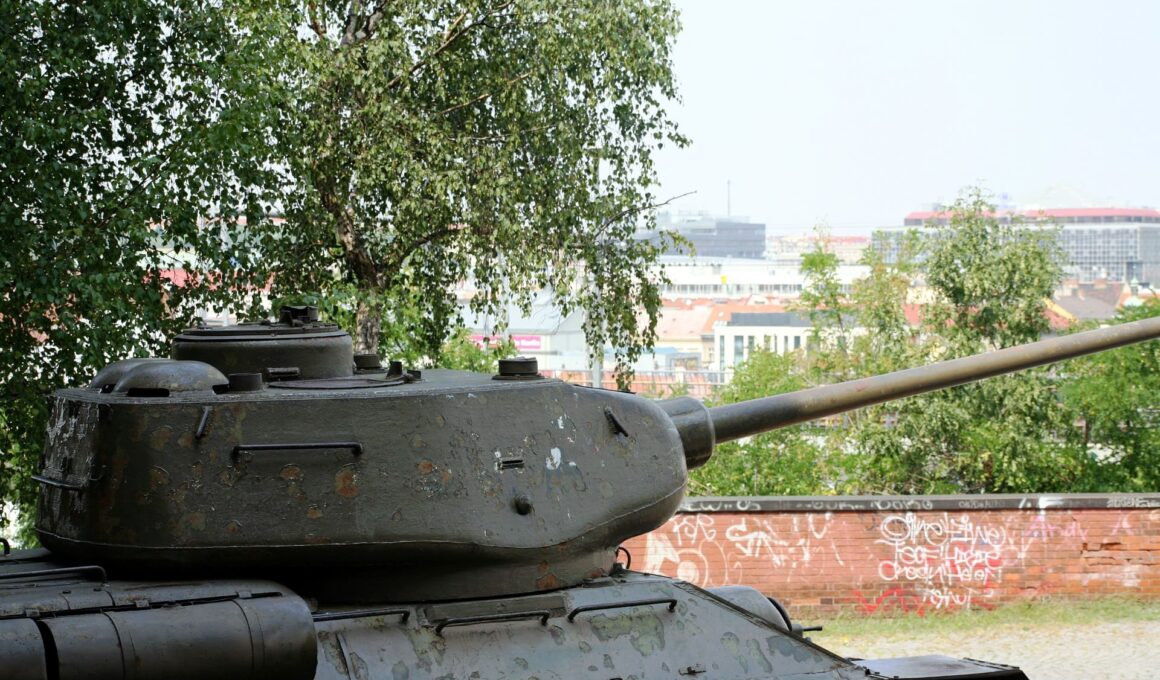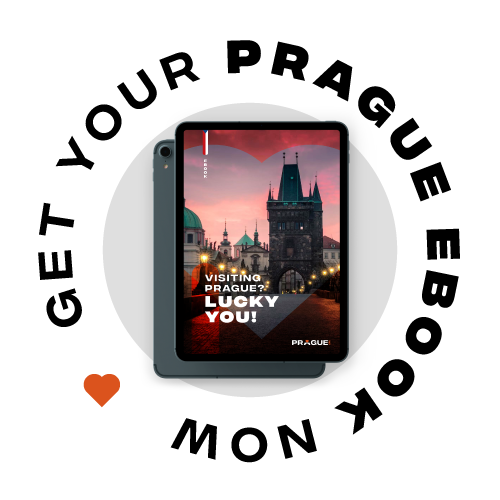Table of contents Show
What Did WWII Look Like In Prague
Based on the reports from the New York Public Library, On the 19th of September 1938, the Munich agreement granted Adolf Hitler the Sudetenland, a border area of Czechoslovakia. Five months later, the agreement was breached and Czechoslovakia was invaded by the Nazis. Czechoslovakia was known to the Nazi’s as ‘Arsenal of The Reich’ and would sadly then go on to serve Hitler for close to seven years.
During the course of the regime, Prague was ruled by Reinhard Heydrich, (the SS Official who was the mastermind for the Holocaust event in 1933), as part of the then called Reich Protectorate of Bohemia and Moravia. He enforced the Nazi will on the citizens of Prague through means of terror arrests, expulsions, deportation and execution all the while fighting the Czech Resistance. He quickly became known as the ‘Butcher of Prague’ and his assassination by the Czechoslovak Resistance Fighters sparked one of the most furious reprisals of the Nazis.
In return for killing Heydrich, the entire town of Lidice under the jurisdiction of Prague was razed to the ground, even though there was no confirmed evidence that there were Resistance fighters in the town. With every eligible man dying, and both the women and children deported into different concentration camps or were selected to be ‘Aryanized’ (that is being placed into German Families).
On May 5 1945, the city began an Uprising against their German oppressors and within the first twenty four hours, a major part of the city had been taken back. With reinforcements of a battalion from the Russian Liberation Army (ROA) arriving on May 6, the battle between the Citizens and the Nazis quickly began.
Although the Germans surrendered to the US Army on May 7, the fight went on in Prague regardless. On May 8, the Germans recaptured several positions in the city including the Masaryk Rail Station, where up to 50 captured resistance fighters were murdered. After further negotiations however, a ceasefire was reached which allowed the Germans to successfully clear out from Prague with the condition of surrendering their weapons.
By the morning of May 9, German forces were cleared out from Prague, and when the Soviet Red Army showed up later in the day to clear out any remaining German forces in the City, they were hailed as their liberators. The events of the final days of the German subjugation of Prague is referred to as the Prague Uprising of 1945.
Prague Before World War II
Before the events of WWII, Prague was a city on the constant rise. It was populated with more than 100,000 inhabitants and was home to three major tribes of people, the Czechs, the Germans, and Jewish.
When Czechoslovakia gained independence the Prague Germans experienced stigmatisation and Prague Mayor Karel Baxa banned the pasting of information in German. And in less than the three years following that the percentage of Prague Germans dropped by 13.52%.
But by the first half of the 20th century Prague German got a revival as German Speaking Immigrants settled in Prague. by 1939, Prague was under the rule of the Nazi’s
Prague After World War II

After Seven Years of fighting, Prague was freed from the shackles of the Reich and was free to once again soar. However, the damage done to the city was lasting, but after five years of rebuilding and restructuring, there were virtually no Germans left in Prague including the original German speaking natives. Like a phoenix rising from the ashes, Prague and all of Europe began to soar again. Majority of the Industries gradually went back to the Pre-War output and life was beginning to find its new route without war.
Within the 25 years that followed the war Europe in general marked its most flourishing advancement in macro-economic equilibrium and social growth in history.
Hitler Movements In The Subjugation Prague
On the 15th of March 1939, the Czechoslovak President Emil Hacha during his trip to Berlin was coerced into signing his country’s independence away. The following day, Hitler marched the floors of Prague Castle and proclaimed the Protectorate of Bohemia and Moravia. Leaving Hacha as the surface Head of State title but without any real power as all the power was vested in the Reichsprotektor, that stood to represent all of Hitlers wishes and decisions.
The Unstoppable Rise of Prague
The restitution of Prague was not only done in a speedy and efficient way, but even today as we tour through Prague we can still see some of the relics of back then and what it might have felt like to be born during those terror ridden times. In the National World War Museum, there are displays that very much bring the imagination of the viewer to that time and age.
The fact that Prague was able to survive and counter the subjugation of the Reich shows that the Golden City is not one whose rise can be impeded.
During World War II, Prague experienced a devastating bombing that inflicted significant damage to the city.
Tracing the History: A World War II Tour of Prague
Prague today has very different tours to guide visitors to see the events that took place during one of the darkest eras in human history, WWII. The tour takes you through some of the various hotspots during the war, places like the Terezin Concentration Camp, The Vltava River, The Gestapo Headquarters, The Old Town Square, Wenceslas Square and the Czech Radio Headquarters. The Tour also brings you to the place of association of SS General Heydrich Reinhard and then takes you to the place where the retaliation of the Germans took the lives of the resistance fighters in the Cathedral of St Cyril and Methodius that had anything to do with the assassination.
Highlights
- The boat tour through the Vltava River would get your blood surging to see the different sights that the tour has to offer.
- The view of the Gestapo Headquarters and the Terezin Concentration Camp will bring you to see the darkest hours of mankind during the WWII period
- The Assassination of Heydrich Reinhard.
- The German Retaliation to the assassination of Heydrich Reinhard.
Includes
- The subjugation of Czechoslovakia due to Military benefits for the Germans.
- The Czechs Uprising against their German oppressors.
- The repercussions that the Czechs had to face due to the assassination of an SS General.
- The War effort that finally led the Germans out of Prague, Czechoslovakia.





